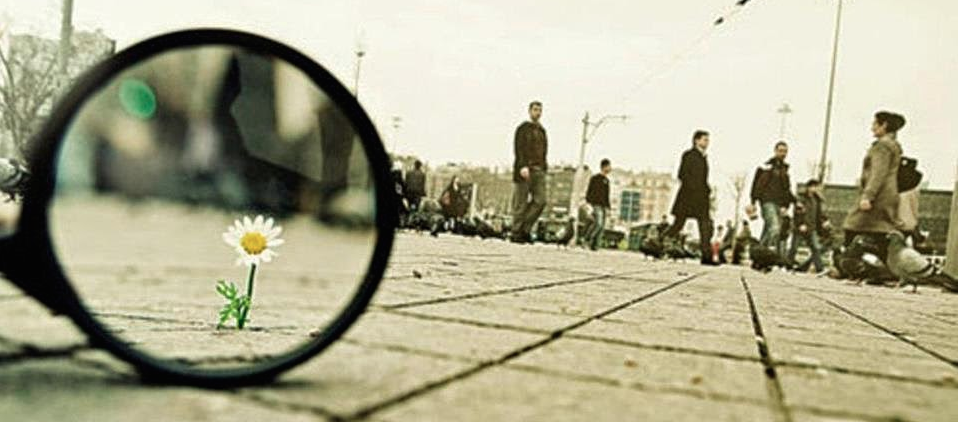It’s a saying we apply to a great many things, and especially during the holidays. It’s the little things in life. It’s the little things in a relationship.
It’s also the little things in web design.
It’s surprising the reaction a simple interaction can cause.
I was watching the results of a test we had run on a survey-building site a few weeks ago when the tester typed out a survey question along the lines of “Do you plan to participate in any outdoor activities this month?” He had scarcely finished typing the question when the four blank multiple-choice options below auto-transformed into just two: “Yes” and “No”.
After the second or so that it took for this clever swap to register, he exclaimed, with pleasant surprise, “That was really really cool!” Then, after a moment’s additional thought: “What if I want to say yes, no, or maybe?” He added a third slot to fill with this last option, and immediately the site changed it to say “Maybe”. UX folks like to bandy around the word “delight” in talking about experience design, but I doubt many have ever heard a grown man literally squeal in jubilant shock in response to a web interaction.
The thing is, that specific interaction was not especially critical or central to the user’s journey on that site. In fact, only a minority of the testers I watched even encountered it. But the disproportionate positive reaction this small sequence generated cast a glow over the rest of the experience, and set that website apart as an innovative and canny provider in their field. And I guarantee you that the users who experienced that interaction remembered it.
Just as easily as the little things can delight, though, they can also infuriate.
Think of it like the disproportionate anger you feel when you stub your toe, or your headphones fall out, or a video abruptly stops to buffer.
When these little things surface in web design, they’re often things that users wanted or expected on a site but are not there; I once saw a tester get unexpectedly frustrated when he was unable to find the social sharing links, which were hidden in a poorly-worded text link. Other times its things that are there that users don’t want. I myself hold something of a grudge against sites that switch pages with left and right arrow strokes, since I only ever hit them accidentally. It’s little things like this that get users irrationally and unnecessarily annoyed.
So while you’re appreciating all the little things in life as the year draws to a close, don’t forget that the little things matter in web design too. A bit of attention to detail goes a long way, and so does neglecting it. Here’s to a new year, and to keeping users surprised.
You may be interested in:




